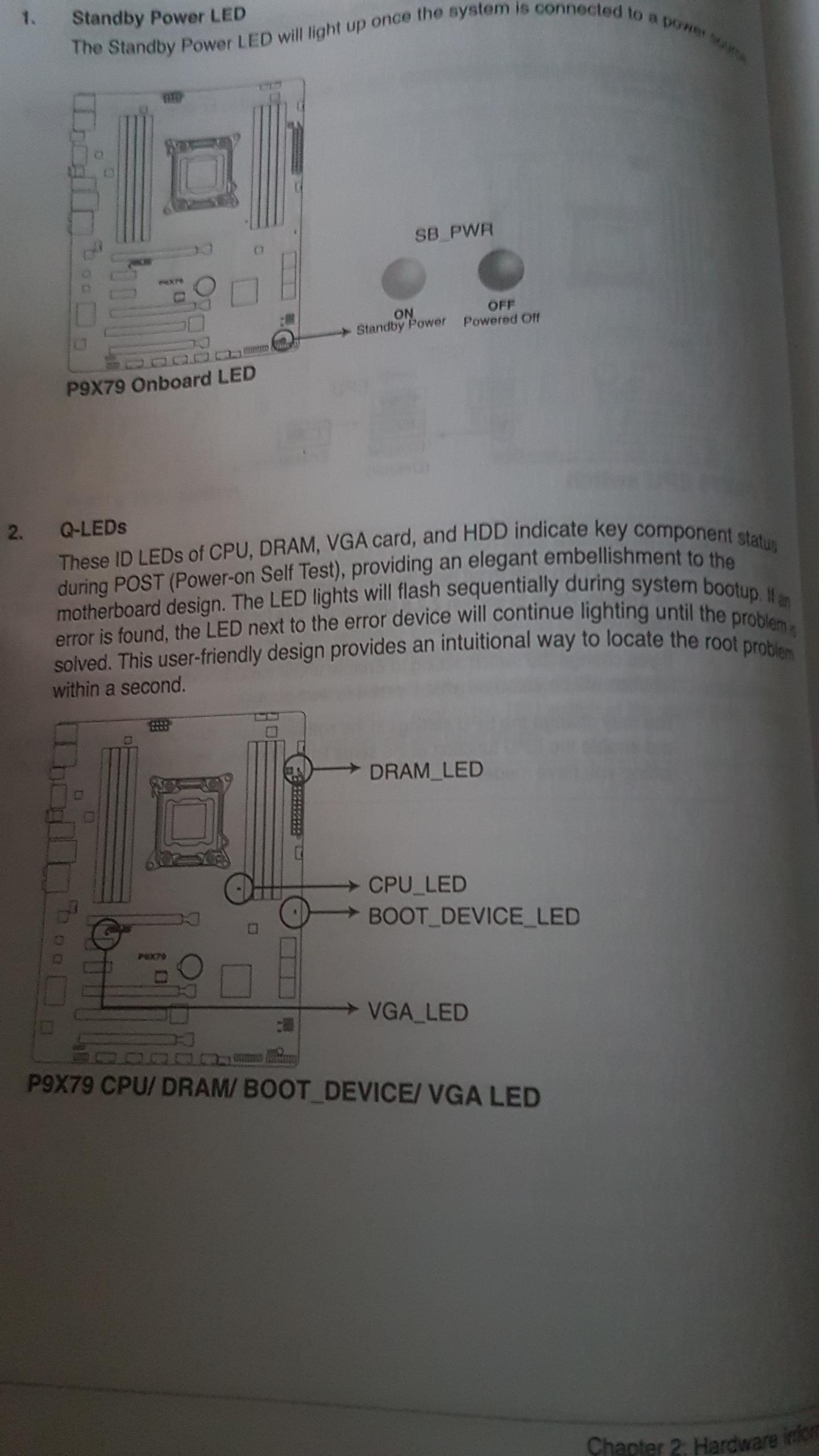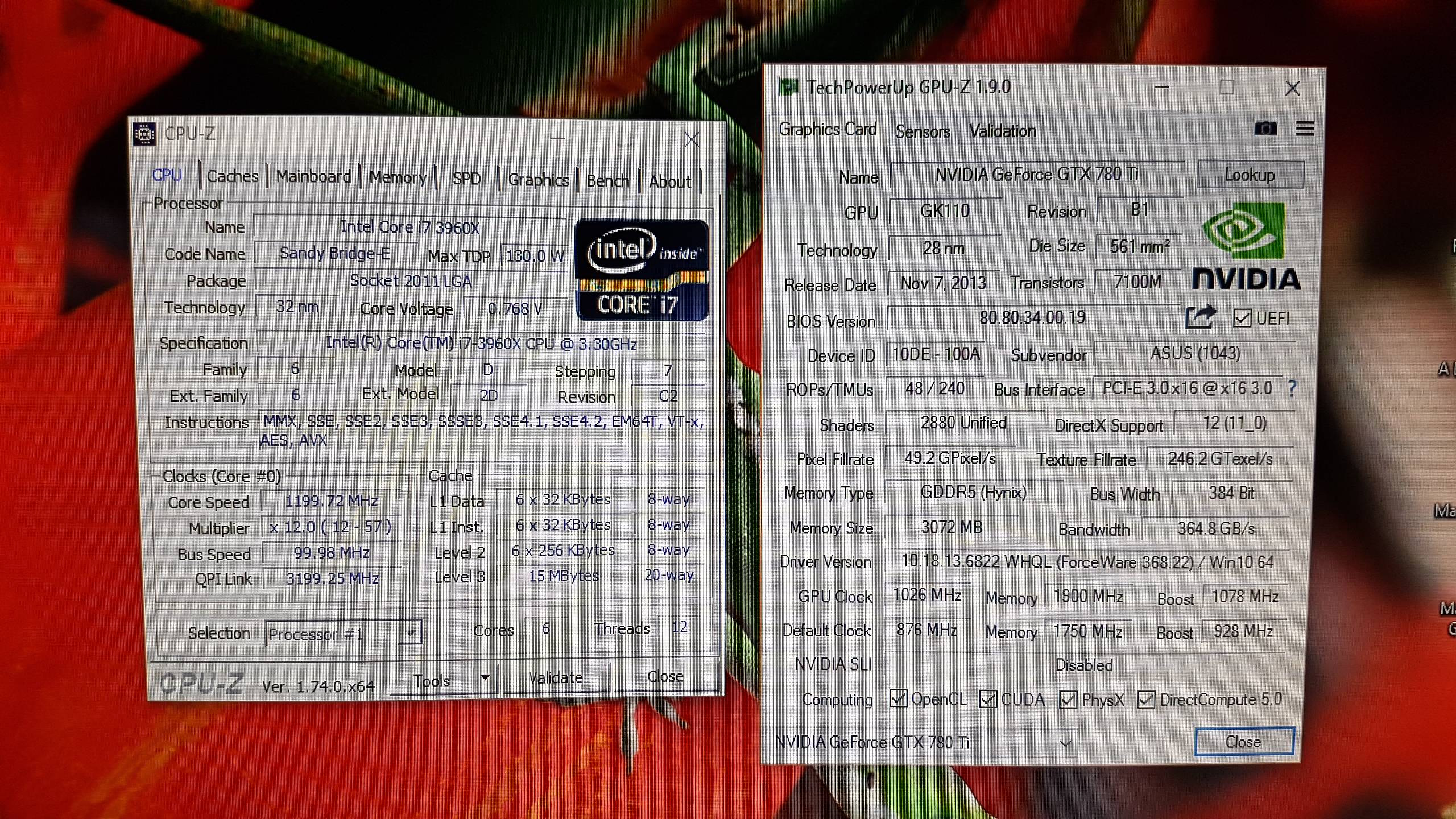- Joined
- Mar 7, 2007
- Messages
- 1,438 (0.22/day)
| Processor | E5-1680 V2 |
|---|---|
| Motherboard | Rampage IV black |
| Video Card(s) | Asrock 7900 xtx |
| Storage | 500 gb sd |
| Software | windows 10 64 bit |
| Benchmark Scores | 29,433 3dmark06 score |
Yeah probably faulty, typical ES cpu. I had a spark too but board was slow after it, even though everything still worked besides the CD Rom drive - was young and tried to connect floppy while pc was on (a p90 or p166 mmx). Had to change the board.
Well the sensors all were closer when I first used it, and at some point one got stuck ridiculously low ( in single digits at load) and this one is stuck high ( so it says 66 at idle). Even when I downclock it and volt it down with good cooling the lowest the sensor ever reads is 64 Celsius I believe. Obviously that isn't what any properly cooled CPU idles at. Yeah I have had shorts before but always due to something just improperly grounded and no harm done other than board wouldn't turn on etc. This event was definitely the most dramatic and only oops I have had other than ironically on my old RIVE 4 board where the cooler wasn't on properly. I've never connected major things like floppy/sata etc while board is on but I have plugged fans in and that never seems to cause a problem. I definitely wouldn't plug in components the operating system has to recognize and sends data around because that is obviously an easy way to cause your issue or just corrupt data etc. Anyway everything other than my pcie first slot appears to work and nothing is slower and stress tests indicate everything is as stable as before, so lesson learned and unlike you I learned the lesson a decade + after I put together my first p4 and fx-55 which I still have btw
 .
.


